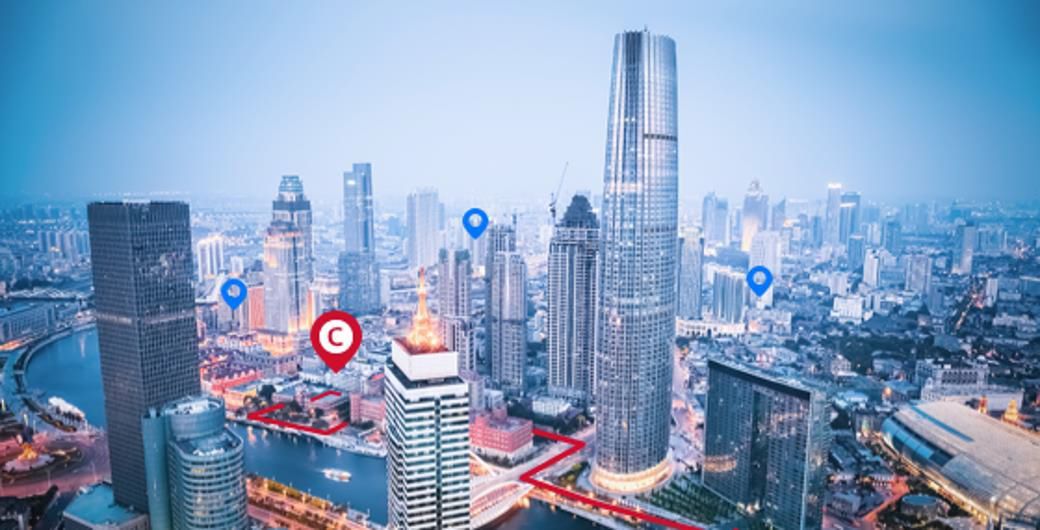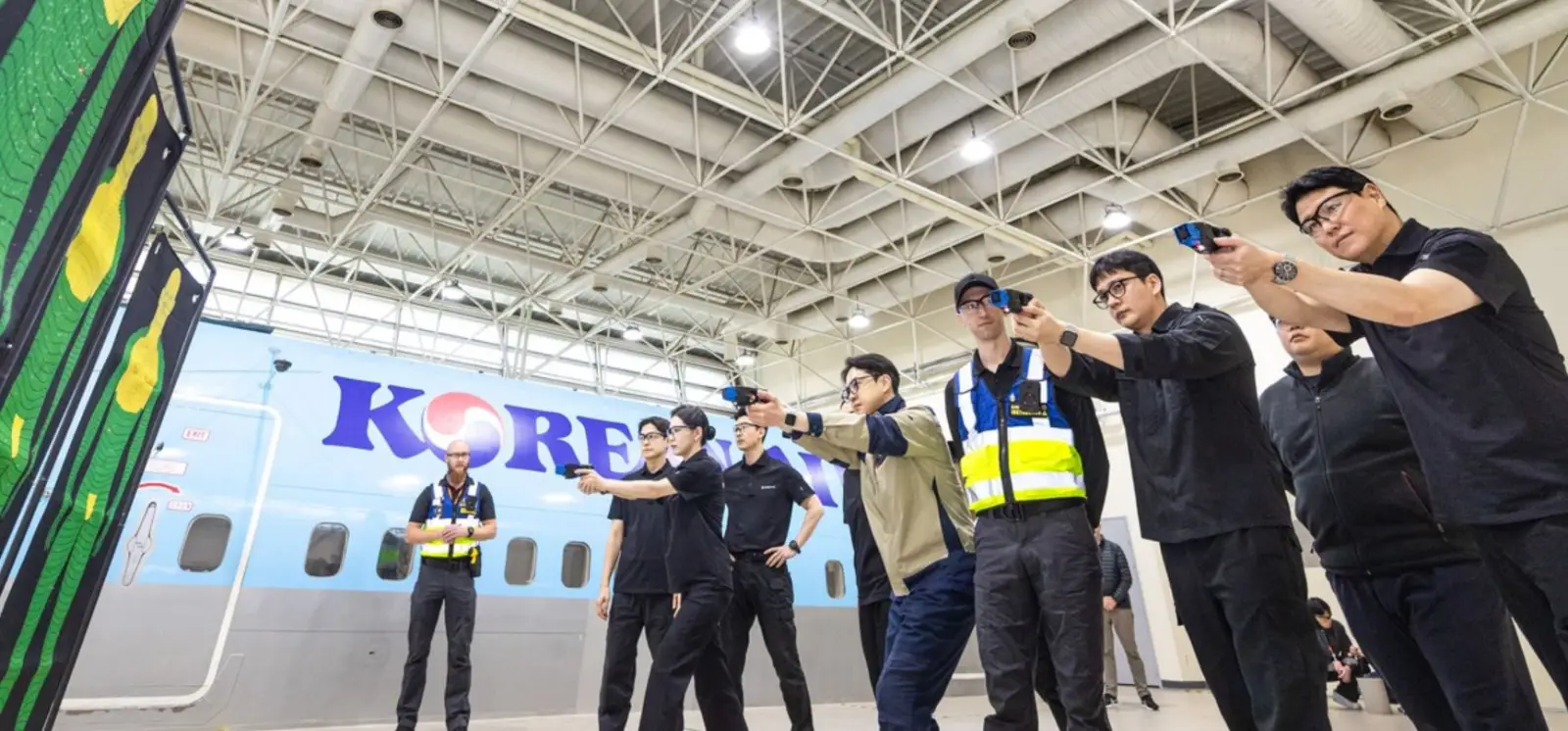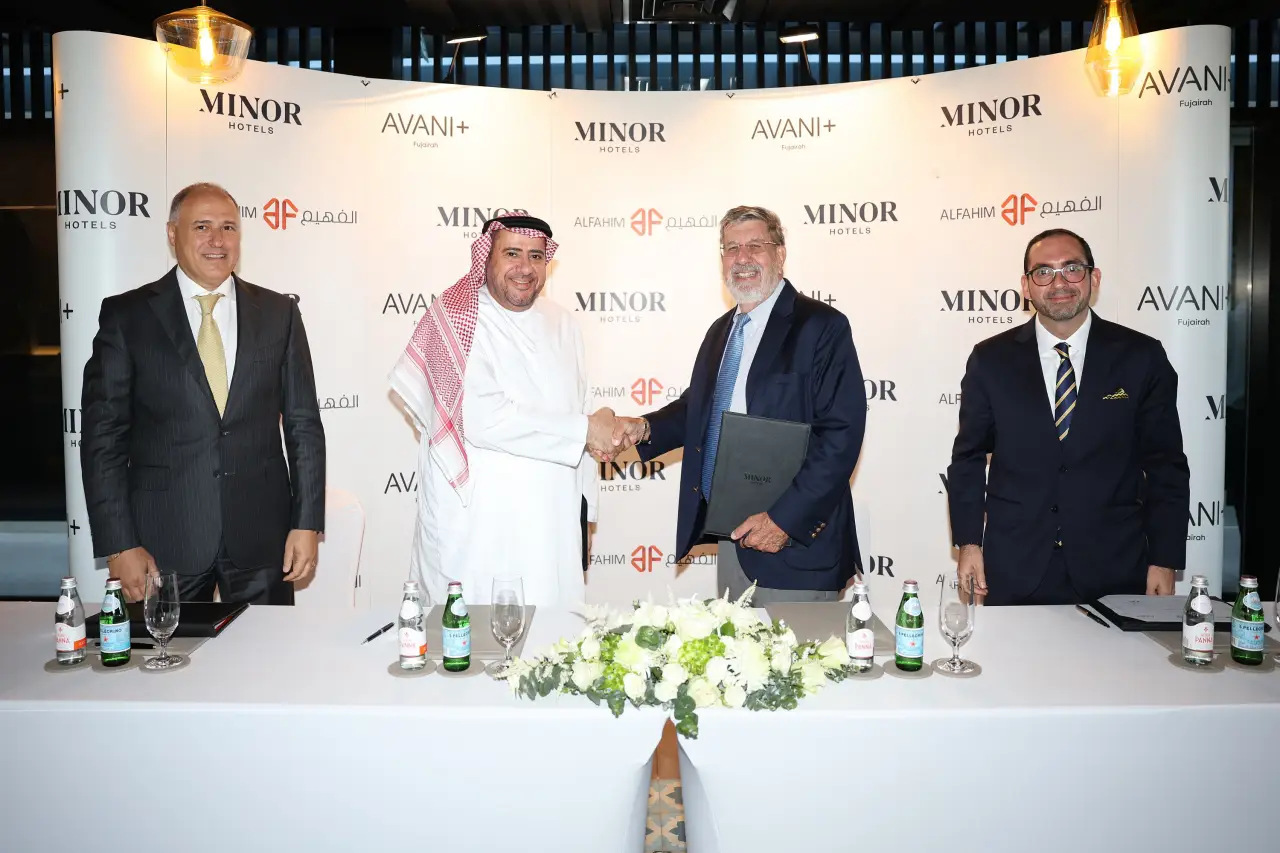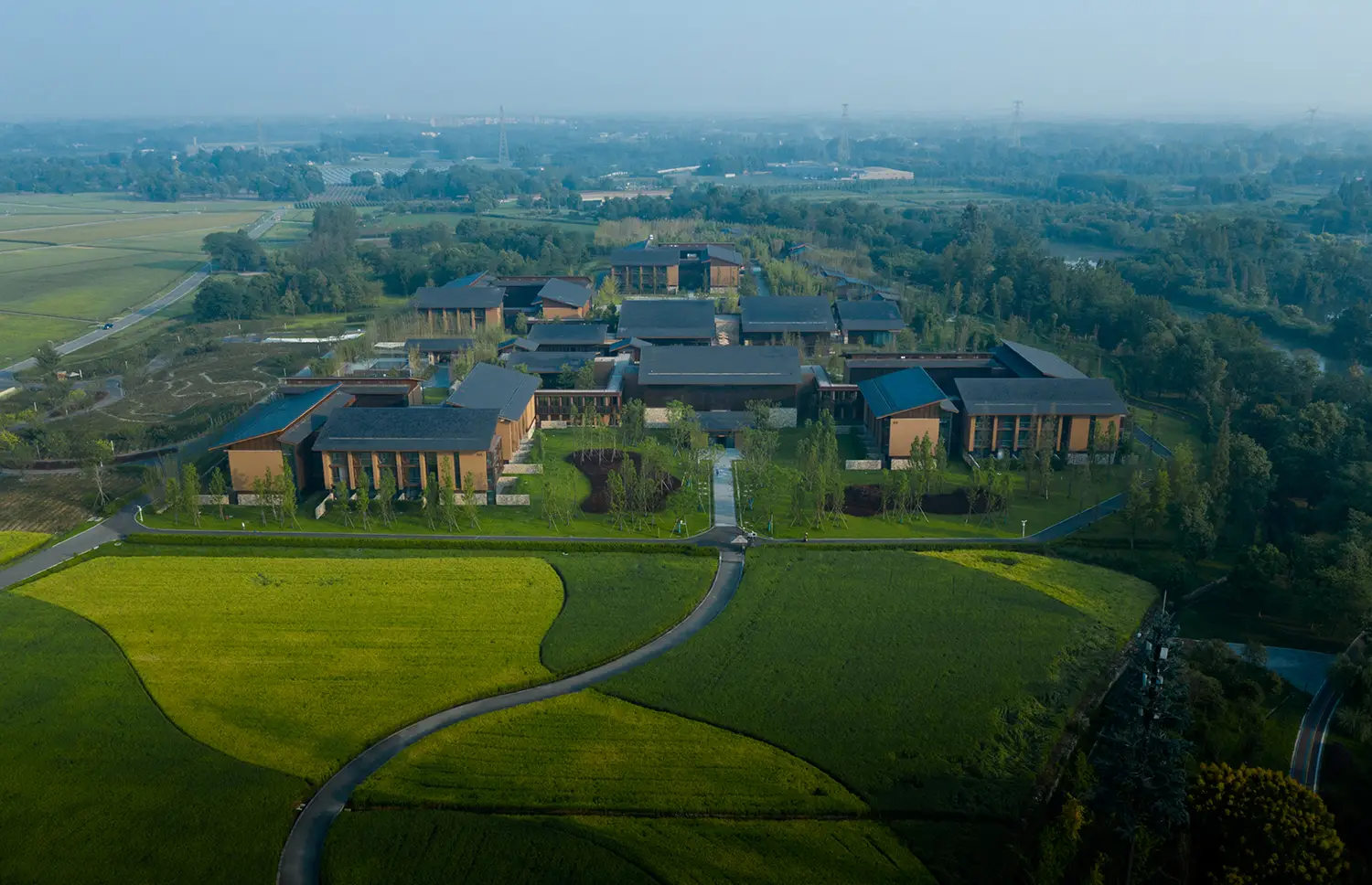The changes in our lives and businesses in 2020 are much more than ever before. The once-booming urban mobility industry is one of the industries hit by the pandemic.
Global lockdowns, restrictions on movement, and more flexible working arrangements temporarily brought commuting and leisure travel to a halt around the world.
However, this didn’t spell the end for the urban mobility sector – transportation is still much needed by commuters and travelers – there has simply been a shift in consumer demands and behaviors as people get used to a new way of doing things.
In this sense, it is crucial that transport providers keep pace with these changes by adapting their operating models.
Earlier this month, Huawei’s annual developer conference, HUAWEI DEVELOPER CONFERENCE 2020, looked at how AppGallery and Huawei are helping developers in the transport and navigation sector address these challenges and succeed in a continually changing industry.
While urban mobility activity has dipped in recent months, there has been a spike in demand for other transport services such as food delivery and last-mile transportation. With demand for urban mobility not expecting to recover quickly, mobility-as-a-service (MaaS) providers are expanding their service offerings to meet these demands and improve their business resilience. Companies such as Uber and Cabify are offering these alternative services such as food and parcel deliveries, while providers such as Bolt have expanded further to include micro mobility solutions.
Huawei’s developer toolkit, Huawei Mobile Services (HMS) Core, provides several map-based capabilities that are vital to transport operators looking to diversify. Capabilities such as Location Kit, Nearby Kit, Map Kit, Super GPS, ML (machine learning) Kit, Scan Kit, and Awareness Kit facilitate more functional services for operators and better experiences for users.
The Map Kit, for instance, comes with real-time global road condition reporting and extremely accurate route planning features. Huawei’s Super GPS supports roadside identification, making it twice as accurate as other providers.
Meanwhile, Huawei’s machine learning capabilities create a more informative and interactive transport experience through its language translation service in 19 different languages, facilitating communication between travellers and drivers and allowing operators to expand their service to more commuters.
Commuters now have a heightened travel safety consciousness and are actively minimizing contact with others and avoiding crowded transit such as public transport. However, demand for shared mobility remains for people who still must travel such as on-site workers. This group of commuters is looking for transport providers that can provide reduced contact, as well as shorter waiting and travel time.
While hygiene concerns can be tackled through precautionary measures, other concerns require a more technological approach through the optimization of existing mobility solutions.
With Huawei’s end-to-end travel solution, developers can incorporate a suite of HMS capabilities to deliver more intelligent and accurate transport services, providing customers with peace of mind through safer and more convenient journeys.
For example, HMS Core’s location capabilities provide a precise integrated positioning method, enabling passengers to share their real-time location information and give timely warnings if the car’s position deviates from the planned route. Not only does this give passengers confidence and help build trust between operators and users, it also means travellers can automatically notify friends and family if there are any issues or delays. In addition, HMS Core enables the historical driving track to be recorded and retrieved later, so any issues that only become apparent after the journey can be highlighted.
Unlocking New Opportunities
With consumers trending towards mobile technology to find ways to move around, transport operators are increasingly prioritising mobile platforms and app marketplaces to acquire new users, unlock commercial opportunities, and secure a much-needed edge to beat growing industry competition.
In this light, Huawei and AppGallery help global partners strengthen brand exposure to reach more users via multiple channels. It does this through a range of different measures such as providing various operation resources and advertising opportunities; offering exclusive online and offline promotional campaigns to strengthen brand exposure and unlock access to new markets; inclusion in recommendation cards and promotion on AppGallery to drive consumer traffic; access to conferences, roadshows and on-ground promotions; as well as industry events such as HUAWEI DEVELOPER CONFERENCE 2020 and Huawei Developer Webinar.
Bolt, the ride-sharing app with 30 million users in 35 markets across Europe and Africa, is a shining example of how partners can reap commercial benefits by utilising the extensive resources AppGallery provides – the app saw an increase of 136 times in European and African downloads from week one through to week 13 after it offered exclusive gift packages to AppGallery users.
Meanwhile, the Dutch navigation app developer TomTom partnered with Huawei for the launch of TomTom AmiGO on AppGallery. The joint marketing campaign included marketing resources such as social promotion and operation resources, and within two months European downloads of the app increased 22-fold.
The transport and navigation industry is facing a series of unprecedented challenges as transport needs continue to change, meaning MaaS providers need to remain nimble through constant innovation. While these changes will not happen overnight, they can be accelerated by leveraging capabilities available through HMS Core and utilising the support offered by Huawei and AppGallery.













